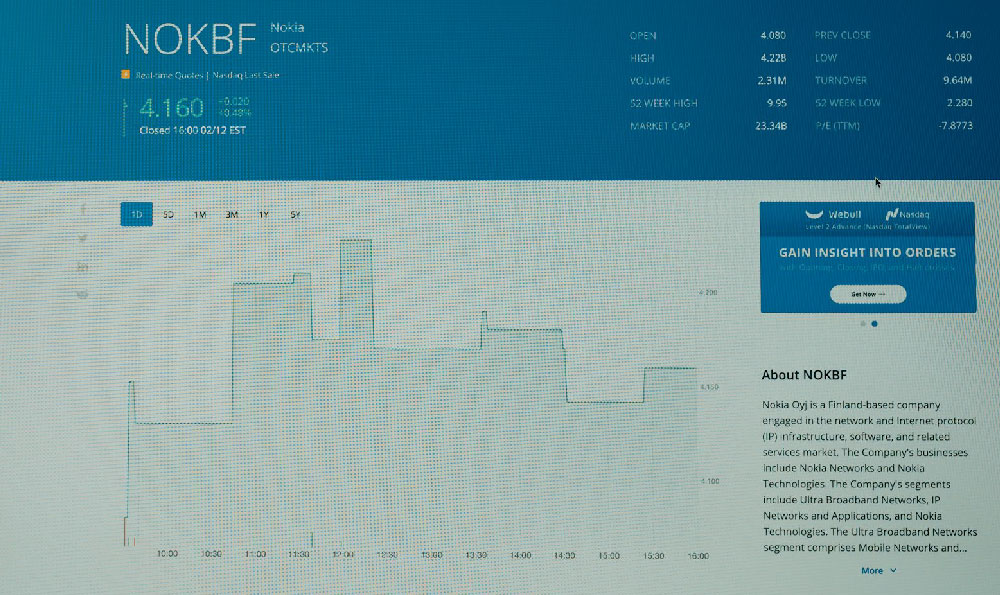Content creators, in today’s digital age, possess an incredible power: the ability to build audiences and cultivate communities around their passions. This power translates directly into economic opportunity, but the journey from hobbyist to financially secure creator requires a strategic approach to monetization. There is no one-size-fits-all answer, as the optimal strategy depends on the creator's niche, audience size and engagement, and personal preferences. However, understanding the diverse landscape of monetization options and crafting a tailored plan are crucial steps toward achieving sustainable income as a content creator.
One of the most common and accessible methods is advertising revenue. Platforms like YouTube, Twitch, and even podcasts often incorporate advertising models. YouTube creators, for instance, can join the YouTube Partner Program (YPP) once they meet specific eligibility requirements, allowing them to earn revenue from ads displayed on their videos. The earnings depend on factors like viewership, audience demographics, and ad rates (CPM or cost-per-mille, and CPC or cost-per-click). While ad revenue can provide a steady stream of income, it’s often not substantial enough to be a primary source of revenue, especially for creators with smaller audiences. Building a substantial income stream from advertising requires consistency, high-quality content, and a loyal, engaged audience. Furthermore, changes in advertising algorithms and platform policies can significantly impact earnings, necessitating adaptability and diversification.
Direct audience support presents another viable avenue. Platforms like Patreon, Buy Me a Coffee, and Kickstarter enable creators to solicit direct financial contributions from their fans. Patreon allows creators to offer exclusive content, perks, and behind-the-scenes access to subscribers in exchange for recurring monthly payments. Buy Me a Coffee provides a simpler, one-time donation option, often used for smaller creators or those focusing on specific projects. Kickstarter is ideal for funding larger, more ambitious projects, allowing creators to offer rewards based on the amount pledged. The success of direct audience support hinges on fostering a strong connection with the audience and offering tangible value in return for their contributions. Open and honest communication about the creator's needs and goals is also vital in building trust and encouraging support.

Merchandise sales offer creators the opportunity to extend their brand beyond digital content. Selling branded merchandise, such as clothing, accessories, and physical products related to their niche, allows creators to monetize their intellectual property and engage with their audience in a physical way. Platforms like Shopify and Etsy provide tools and resources for setting up online stores and managing inventory. Designing unique and appealing merchandise that resonates with the audience is key to driving sales. Creators often collaborate with designers or use print-on-demand services to minimize upfront costs and inventory risks. Promotion through social media and within the content itself is essential for driving traffic to the online store.
Affiliate marketing involves partnering with businesses and promoting their products or services in exchange for a commission on sales generated through the creator's unique referral link. This strategy is particularly effective for creators who provide reviews, tutorials, or recommendations within their niche. Transparency is paramount in affiliate marketing. Creators should clearly disclose their affiliate relationships to maintain trust with their audience. Choosing products or services that are genuinely relevant and valuable to the audience is crucial for maintaining credibility and maximizing conversion rates. Participating in affiliate programs requires careful selection of partners and adherence to ethical guidelines.
Creating and selling digital products provides another lucrative monetization path. Ebooks, online courses, templates, presets, and digital art are examples of digital products that creators can offer to their audience. The key to success lies in creating high-quality, valuable content that addresses a specific need or solves a problem for the audience. Platforms like Teachable and Gumroad offer tools for creating and selling online courses and digital downloads. Marketing these digital products often involves using email marketing, social media promotion, and creating compelling sales pages.
Brand sponsorships and collaborations offer substantial income potential for established creators with a large and engaged audience. Brands often seek to partner with influencers and content creators to promote their products or services to a specific target audience. Negotiating favorable rates and maintaining creative control over sponsored content are crucial for protecting the creator's brand and ensuring authenticity. It's also imperative to disclose sponsored content to maintain transparency with the audience. Building strong relationships with brands requires a professional approach, high-quality content, and demonstrable audience engagement.
Live streaming offers interactive monetization opportunities through features like donations, subscriptions, and virtual gifts. Platforms like Twitch and YouTube Live allow viewers to directly support creators during live broadcasts. Building a strong community around live streams is essential for driving engagement and encouraging financial contributions. Engaging with viewers in real-time, offering exclusive content or perks to subscribers, and setting up donation goals can all contribute to increased revenue.
To maximize earnings, content creators must adopt several strategic approaches. Firstly, diversification is key. Relying solely on one monetization method can be risky, as platform policies and market trends can change. Diversifying revenue streams across multiple channels provides a more stable and resilient income base. Secondly, building a strong brand is essential. A well-defined brand identity helps creators stand out from the competition and attract loyal followers. Consistent branding across all platforms and content formats is crucial for building recognition and trust. Thirdly, understanding the audience is paramount. Knowing the audience's demographics, interests, and needs allows creators to tailor their content and monetization strategies effectively. Engaging with the audience through comments, polls, and social media helps build a stronger connection and fosters loyalty. Fourthly, data analysis is crucial. Tracking key metrics like viewership, engagement, and conversion rates allows creators to identify what's working and what's not, enabling them to optimize their content and monetization strategies. Finally, continuous learning is essential. The digital landscape is constantly evolving, so creators must stay up-to-date on the latest trends, technologies, and monetization strategies. Investing in online courses, attending industry events, and networking with other creators can help stay ahead of the curve.
In conclusion, monetizing content creation requires a multifaceted approach that combines creativity, business acumen, and a deep understanding of the audience. By diversifying revenue streams, building a strong brand, engaging with the audience, and continuously learning, content creators can transform their passion into a sustainable and rewarding career. The digital economy offers unprecedented opportunities for creators to connect with audiences, monetize their work, and achieve financial independence.












